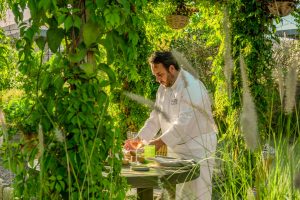Thanks to the diverse microclimates of Baja California Sur, Los Cabos is a birders’ paradise home to numerous endemic, resident, and migrant birds. As a protected State Ecological Reserve, the estuary in San Jose del Cabo in particular is a prime spot for birding, serving as a freshwater oasis and refuge for feathered and other wildlife.
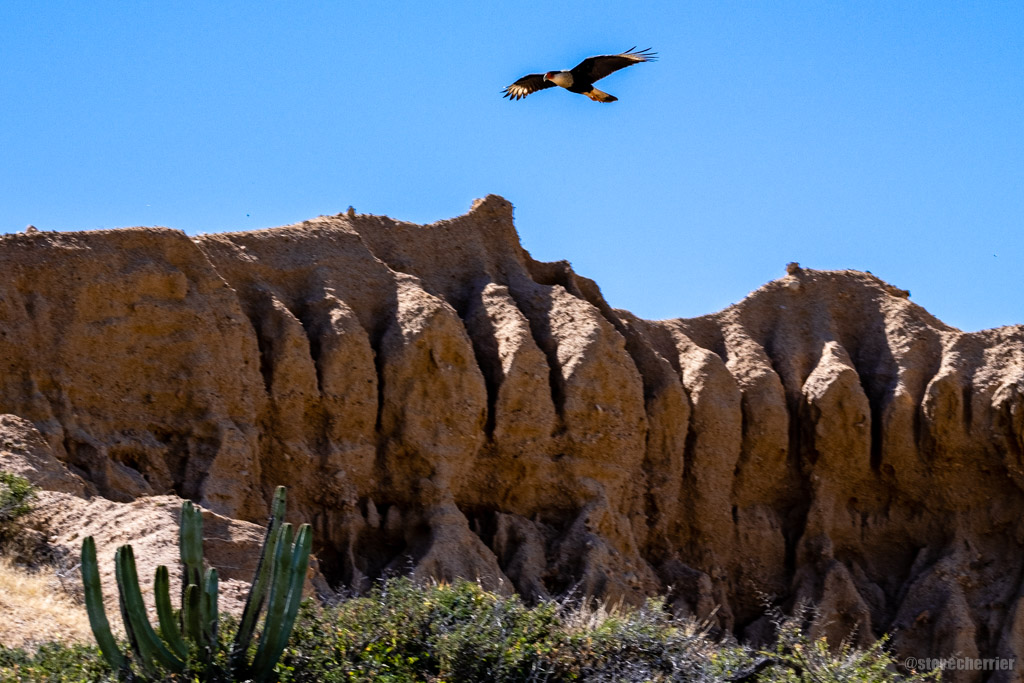
We had the opportunity to interview Steve Cherrier, a birding and photography aficionado originally from Canada, who, much like many of migrant wildlife in Baja, spends the winters in Los Cabos. Much of Steve’s time is spent not only taking remarkable photographs of the region’s birds, but also contributing to research efforts by cataloging, identifying, and counting them.
Steve shares with us his some of his favorite photos he has taken in Baja and tips for birding in Los Cabos:
Where are your favorite places for bird watching in Baja Sur, and what makes them so special?
The obvious spots are the estuary in San Jose del Cabo and the Sierra de la Laguna biosphere. The estuary has an amazing variety of birds in the winter as it’s a major migratory destination or stop-over for a wide variety of shore birds and other bird species. It’s incredibly accessible (right beside the hotel zone in San Jose), and in the winter, the bird population is huge. Not only are there large populations of egrets, herons and sandpipers, but Gila Woodpeckers, Cactus Wrens and the endemic Belding Yellowthroats.
The biosphere is a little harder to get to and covers a huge swath of mountainous land, but it’s home to some of the endemic species of Baja California Sur that are only found there. So birders come from all over to see birds such as the San Lucas Robin, Baird’s Junco and Narrow-fronted Acorn Woodpecker.
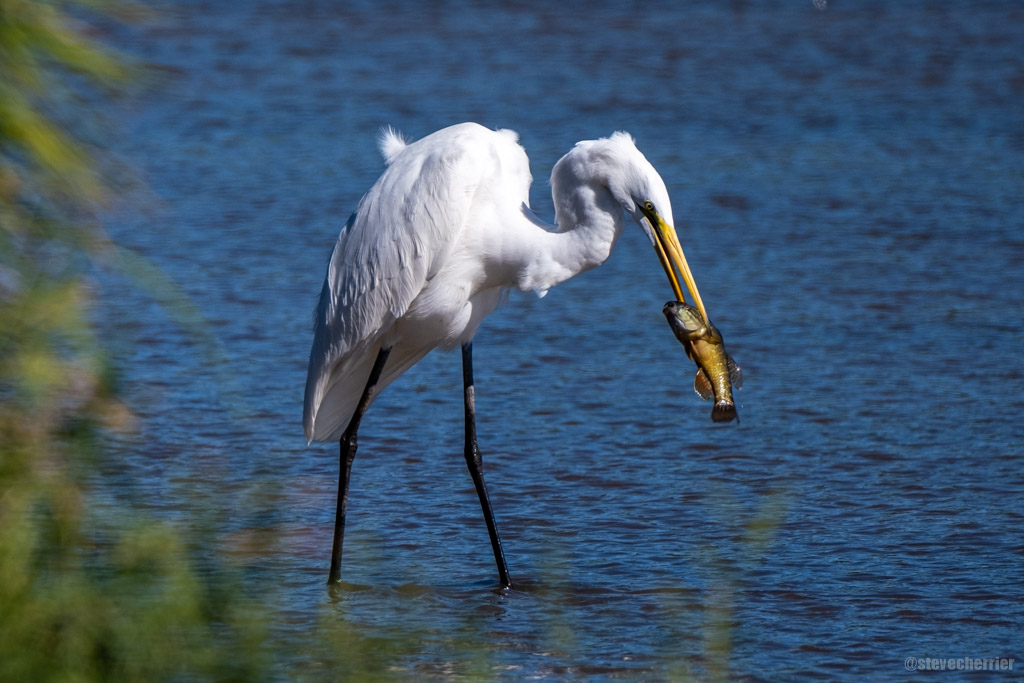
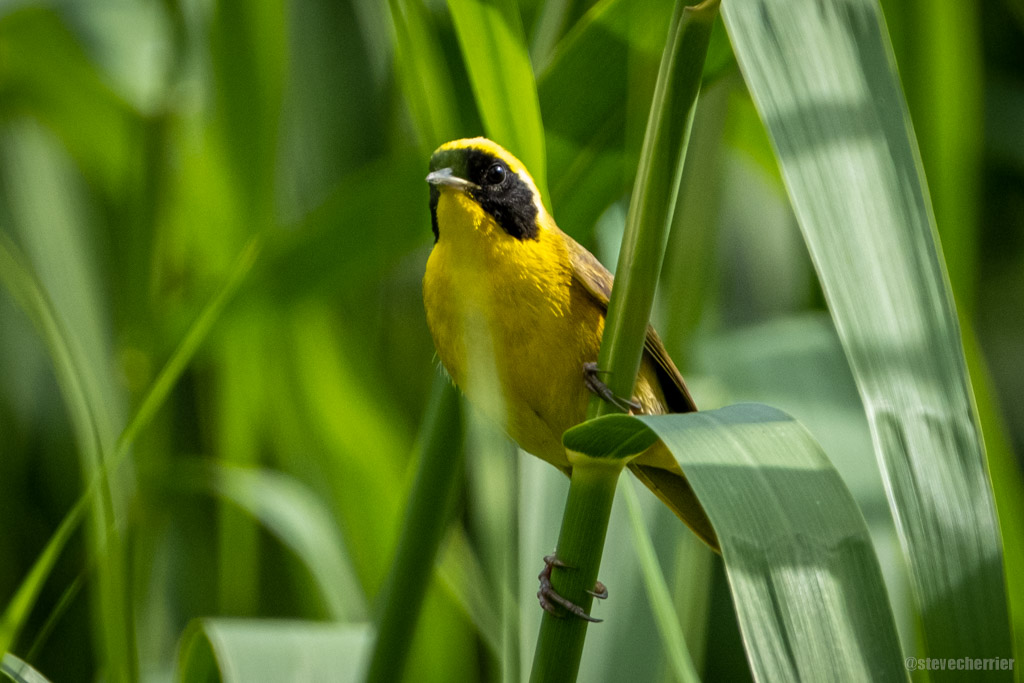
What are some of the rare or unique birds you’ve found that are native to Baja – or one you’re hoping to find and cross off your list?
There are a number of species that are unique to Baja California Sur. I’ve been fortunate to cross a number of these endemics off my list, including Beldings Yellowthroat, Narrow-fronted Acorn Woodpecker, Gray Thrasher and Xantu’s Hummingbird. I still have yet to see species such as the San Lucas Robin, Cape Pygmy Owl and Baird’s Junco for example. Finding rare birds is always exciting though. We’ve had some rare visitors recently here, including a solitary Wood Stork in the estuary this winter, and a family of Groove-billed Anis who are now making the estuary their year-round home as well.
What is your favorite shot in your portfolio and why?
I get asked this often, but I think it is something that changes as we grow and improve as a photographer. While I’ve been a photographer for 14 years, I’ve only been shooting birds for the last couple of years, so I feel like almost every new shot I take is better than the one before. Although one of my favorites that sort of happened by accident, encompases not only the bird that really helped kick-start my birding obsession, the Osprey, but also includes the beauty of Los Cabos beaches and sunset:
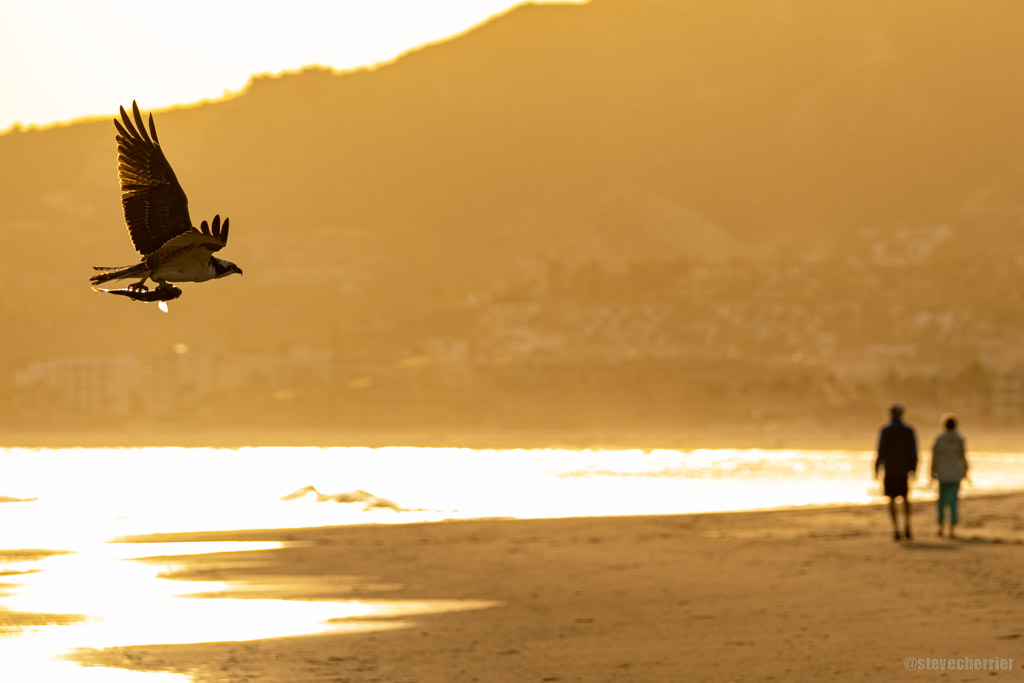
What are some tips you would suggest to someone who wants to do a bird watching tour on their visit to Los Cabos?
1. Get some decent binoculars! You can buy some inexpensive 8×42 celestron’s for about $100 US, and they are very good, but some people pay upwards of $1000-2000 for the top end binoculars.
2. Connect with locals or guides who know what they are doing. There’s a great organization (Observadores de Aves UABCS) here that not only trains guides at the university here, but also contributes a lot to conservation in the region. I sometimes lead tours with EcoLoko, but since I’ve only been birding for a couple of years, I would also encourage tourists to look for and use some of the incredibly talented and experienced local guides that can take birders into the biosphere and very specific places for those hard-to-find endemic species. I’d also recommend getting out into areas that aren’t the hot spots, like the East Cape, Todos Santos and La Paz. All have great areas for birding and feature a diverse group of bird species to spot.
3. Use eBird. It’s a site and an app that helps you track, identify and explore an area for birds. There’s so much more to it, but it’s really an indispensable tool for any birders.
4. Birds seem to be most active right around sunrise, and in the hour or so before sunset. This is usually their feeding times, but it’s not uncommon to see most birds at any time of the day. The winter here is fantastic for getting a wide variety of birds, because we get so many birds that migrate here in the fall and leave in the spring. So this is the perfect time to see many different birds while vacationing here in the winter.

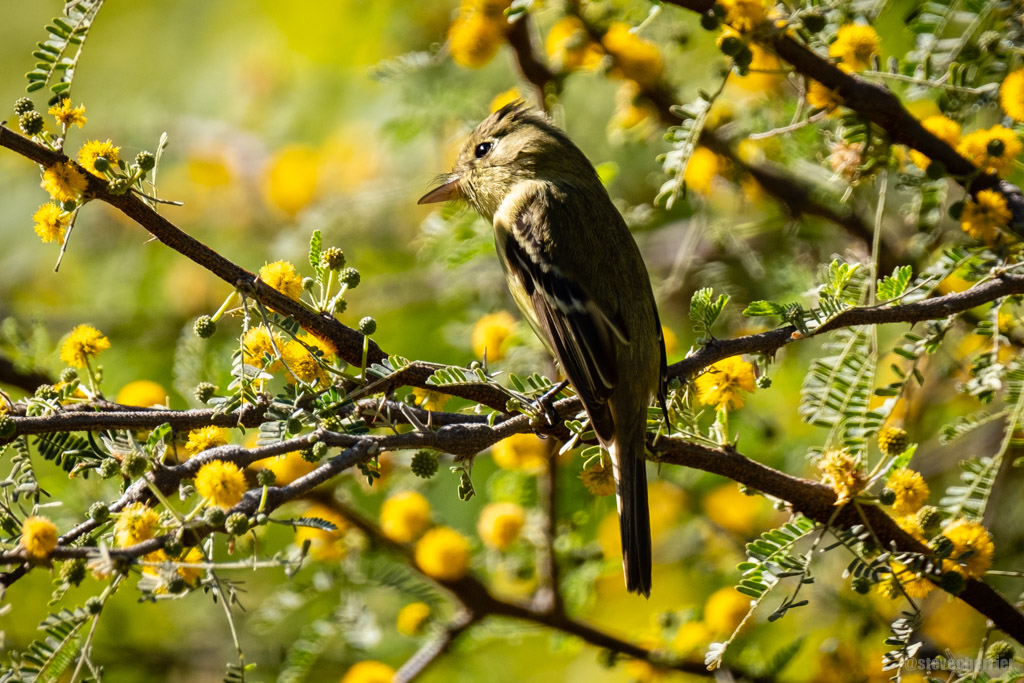
Fun Fact: The grand prize winner of the 2020 Audubon Photography Award was Joanna Lentini, who was able to capture a double-crested cormorant bird diving for feed off the shores of La Paz, Baja California Sur at a California sea lion rookery in Los Islotes, Mexico.

